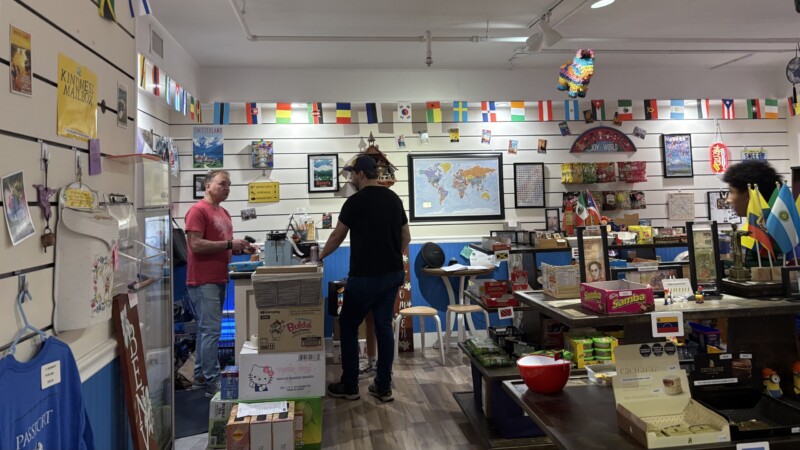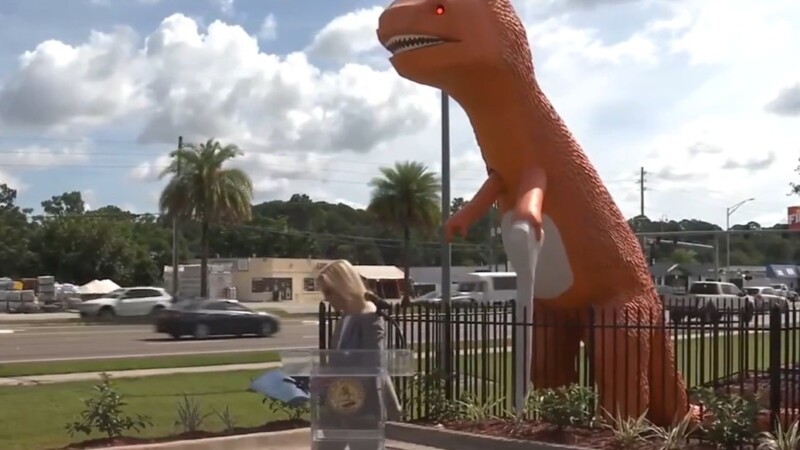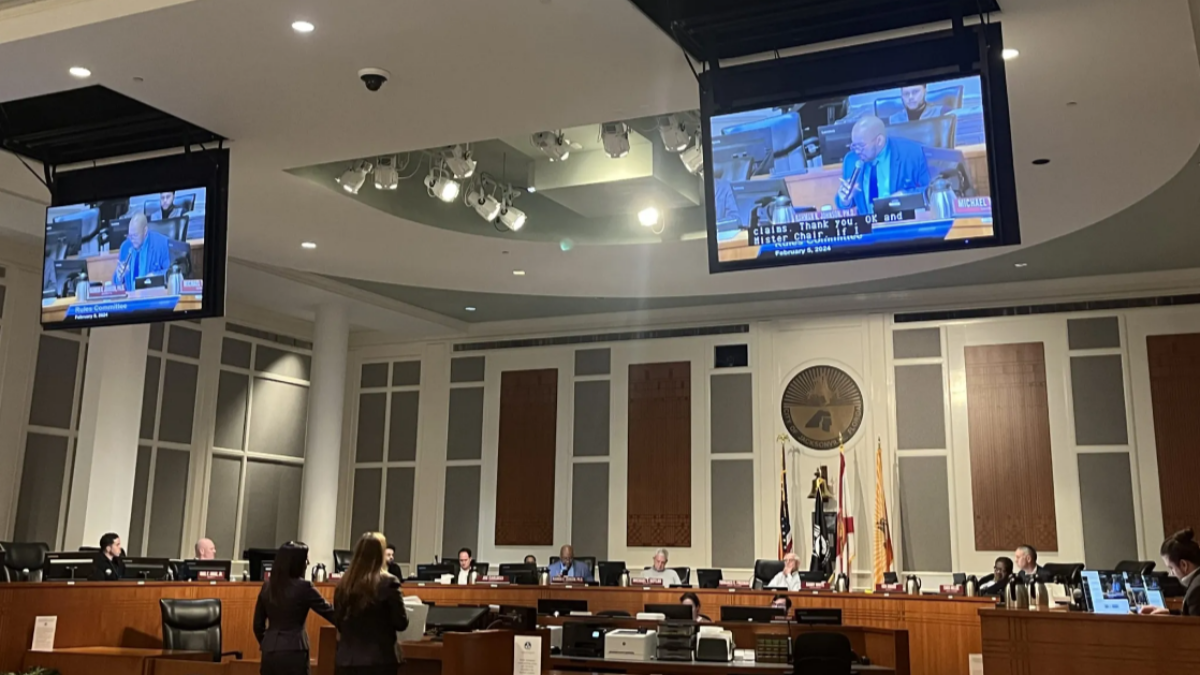A pavilion is being erected along Mandarin Road that will mirror the architecture of the long-gone cottage where one of Mandarin’s most historic figures lived.
The Harriet Beecher Stowe Pavilion is being built right next to the Mandarin Community Club, originally a school for the children of freed slaves that the famed 19th century author raised funds to build when she lived across from it a century and a half ago.
Commissioned in celebration of the club’s 100th anniversary, the pavilion will contain some of the details that Stowe had on her Winter Cottage nearby, like the scalloped trim on the gables, said club past president Susie Scott. In fact, it will be right across Mandarin Road from where the Stowe cottage was in the 1800s.
“We wanted to honor the Harriet Beecher Stowe legacy in Mandarin, and we knew that she had obviously walked that site because of her connection to the Mandarin Community Club/Freedom School next door,” Scott said. “We decided the best use of that property was to build an outdoor pavilion that the entire community could enjoy for community events and that we could create some additional revenue for the club by renting it for private events. And the people who come there will be able to connect with the history when they see the architectural details.”
Stowe was an author and abolitionist who wrote Uncle Tom’s Cabin in 1851 after speaking with escaped slaves. She ended up spending every winter from 1867 through 1884 in the cottage on Mandarin Road to be close to her son, Frederick, and his cotton farm across the St. Johns River in what is now Orange Park. Her husband, the Rev. Calvin Stowe, shared the cottage as they helped found the nearby Church of Our Saviour.
Stowe also helped the Freedmen’s Bureau found a school for Black children in what became the Mandarin Community Club in 1936. She also wrote of the Mandarin area in her 1871 book Palmetto Leaves.
Her cottage was a meeting place for Bible studies taught by her husband, often held on her large front porch with scalloped trim and U-shaped accents on the columns. It was torn down by her family in the early 1900s. But a state historic marker stands in front of the community club near the future site of the pavilion, stating that Stowe and her husband bought that land where they would live until 1884.
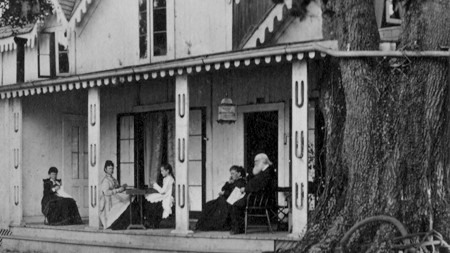
“The move to Florida was due to plans for philanthropy among the Negroes and a desire to benefit her son’s health,” the plaque says.
That plaque will be moved to a new site right in front of the pavilion property, while a second one will be erected nearby to reflect the 150-year-old Mandarin Community Club building, Scott said.
With a big oak tree on its south side, the pavilion site will allow the club to hold its outdoor community activities and events and add more space to its traditional Easter weekend Mandarin Art Festival. It could also be used for outdoor weddings and events and be a tangible representation of Mandarin’s most famous “part-time” resident, Scott said.
The pavilion is being built on a former homesite next to the club that was donated in 2022 by club members. The club could add dormers to the pavilion roof to further invoke the unique Stowe cottage style, Scott said.
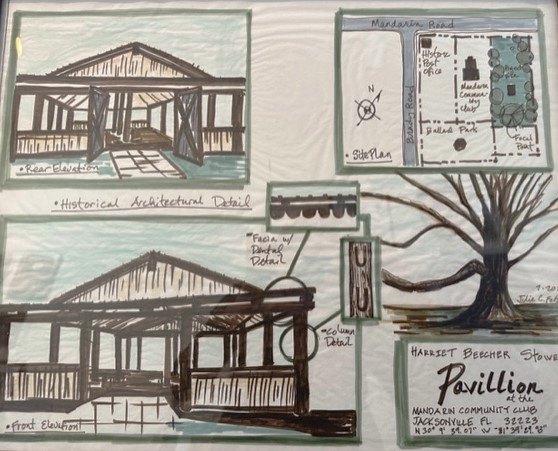
The pavilion will cost just over $100,000. Scott said her family is donating to its construction in honor of her late husband, Bruce Scott, as well as the historic club’s part of Mandarin history. The pavilion should be done in time for the art festival on March 30 and 31. Donations are welcome at the community club website.
Meanwhile, more memories of Stowe are underway close to the pavilion and community club.
A life-size statue of the 19th-century abolitionist and author, joined by the figures of two boys who worked in her orange grove, is being sculpted by artist Brenda Councill in the 112-year-old Historic Mandarin Store & Post Office at 12471 Mandarin Road. The public can watch Councill add final touches to the clay sculture from 10 a.m. to 2 p.m. Friday, Saturday and Sunday at the Mandarin Store.
From there, the sculpted clay figures will head to a foundry to be used to make a bronze statue, which will be unveiled early fall at the Mandarin Museum and Historical Society’s facility at Walter Jones Historical Park in Mandarin.




